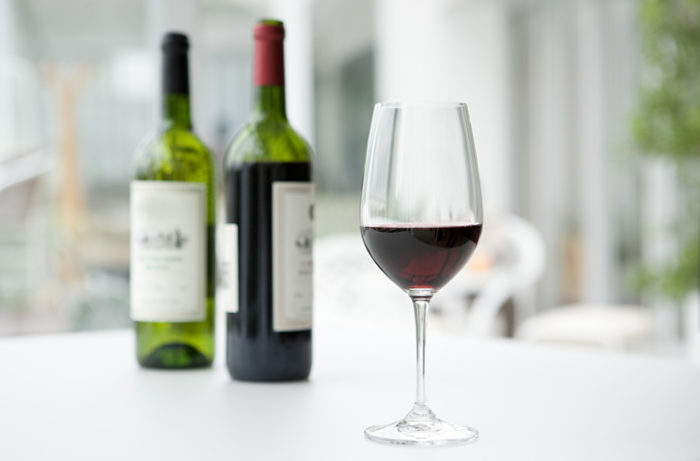Have you been wondering how your favorite wine is actually prepared? First off, the winemaking process is not rocket science, but it’s a delicate balance. Well, we all know that wine is made from grapes, but there’s more to that. Winemaking involves 5 major processes, which include harvesting, crushing, fermentation, clarification, aging, and bottling.
And by the way, it involves some bit of science, and the slightest mistake will end you up with a different result from what you desired. Stick with us to the end for a comprehensive discussion about vinification.
Harvesting
The very first step in winemaking is harvesting. During harvesting, it’s important to keep in mind that the period in which you do the harvesting determines the acidity or the sweetness of what ends up in your glass. Combined with the traditional tasting method, you can also involve science in determining whether the grapes are ready for tasting.
The harvesting can be done using machines or hands. Commonly, most farmers prefer hand-harvesting over machines as the latter leaves the vineyard in a mess. After harvesting, the rotten and unripe grapes are removed, and the rest are taken to the winery for crushing.
Crushing
In the past, the crushing process used to be done by feet. Currently, most farmers have switched to mechanical crushing. The introduction of crushing machines has made the process more hygienic and easier. During the crushing process, the grapes are turned into must, which is basically pure grape juice.
While crushing grapes for white wine, the skins, solids, and seeds are removed to eliminate tannins and color from the wine. On the contrary, during red wine crushing, the seeds, solids, and tannins are left in the juice to maintain color while enhancing flavor as well.
Fermentation
Once you crush the grapes, the next step will be fermenting the must. The must begins to ferment within 6-12 hours when yeast is present. Though there are some farmers that continue to use natural yeast for fermentation, most farmers prefer to use the cultured yeast so as to ensure consistency during the process.
Precisely, the fermentation process is meant to turn all the sugar in the grape juice into alcohol. Note that during sweet wine preparation, the winemakers usually stop the fermentation process before all the sugar is converted into alcohol. Entirely the fermentation process takes at about a week to even months.
Clarification
The next step after the wine is fermented the clarification process. This involves the removal of tannins, proteins, and dead yeast. Normally, filtration and fining are used by farmers for clarification. Some even add clay into the wine, whereby the unwanted particles stick on the clay and drop to the bottom of your wine barrel.
Aging and Bottling
The final stage of wine preparation is aging and bottling. Once the wine is ready, you can decide to put it into bottles immediately or let it keep aging. For aging, winemakers tend to use stainless steel tanks, bottles, or oak barrels. The oak barrels are most recommended for adding a vanilla-like taste to the wine.
Final Word
Always leave the wine to mature as long as you can so as possible to enjoy the richest flavor. Now you can sit on your comfortable weekend seat in the backyard and pour a few congratulatory wine glasses for your hard work. Cheers!
